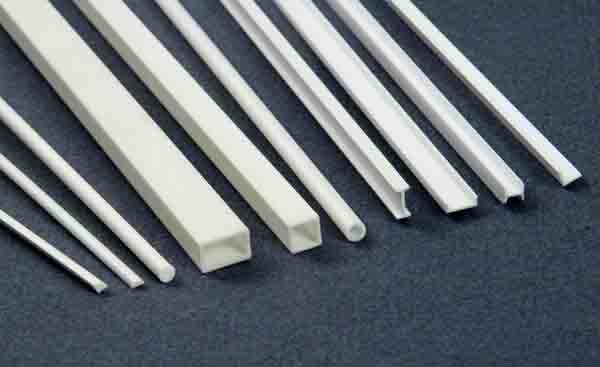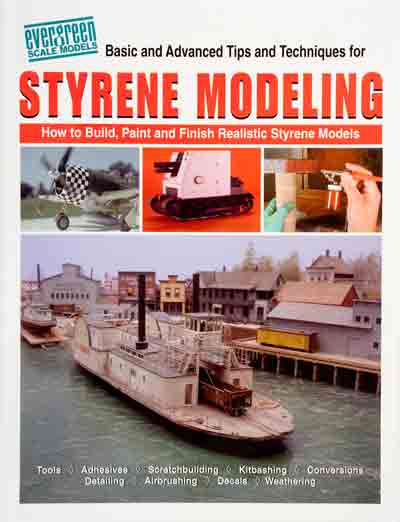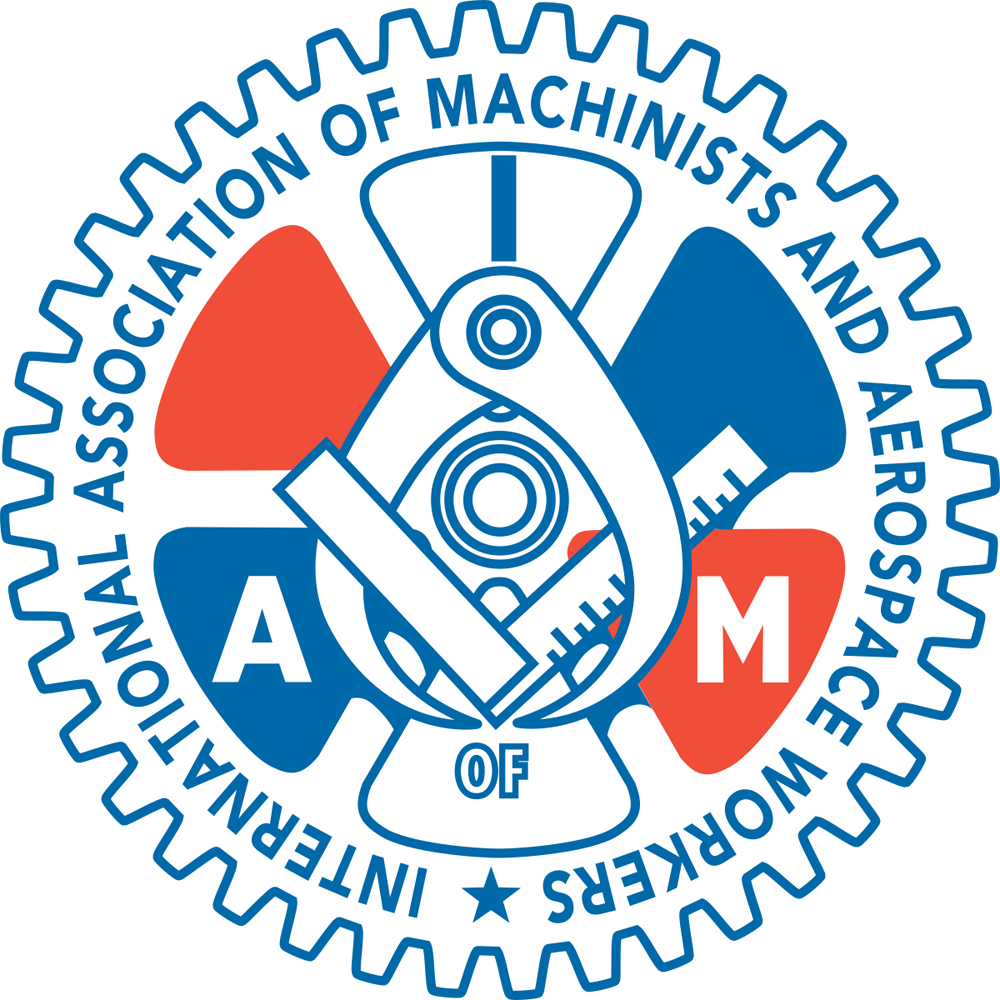Evergreen Scale Models, Inc.
65 E. Bradrock Dr.
Des Plaines IL 60018
Prices: See text
Website: www.evergreenscalemodels.com
Various shapes of strip styrene and a book: Basic and Advanced Tips and Techniques for Styrene Modeling: How to Build, Paint and Finish Realistic Styrene Models
Pros: Wide variety of shapes and sizes of styrene for scratchbuilders and kitbashers in plastic; easy-to-use material; supplied in 14″ lengths
Cons: None
The shapes are all well formed and true. Corners are sharp and flats are flat. Different pieces can be combined to form an endless variety of interesting and useful shapes. The plastic material is white, easy to work, and takes paint well. I recommend you to the company’s comprehensive website to see everything they offer.
If you are new to plastic modeling, or even if you’re an old hand, Evergreen offers a terrific book for modelers: Basic and Advanced Tips and Techniques for Styrene Modeling: How to Build, Paint and Finish Realistic Styrene Models, compiled by Bob Hayden ($16.95).
The 90 page, softbound book provides you with everything you need to know to get started in styrene modeling. It begins with a chapter that’s basically a pep talk on why you should use styrene, why it’s such a great material, and how you can create just about anything with it. This chapter also discusses the book itself—its purpose and how best to use it.
The second chapter describes the tools and glues you should have in your basic workshop, as well as how to use them. The next chapter talks about working with sheet and strip. This is followed by a section on making basic boxes (i.e., structures), then working with styrene kits, kitbashing, and basic painting and finishing (including an extensive discussion of airbrushes and compressors). The book finished up with chapters on advanced finishing techniques and scratchbuilding projects and techniques.
The book is well written by a variety of different modelers from various modeling backgrounds. It is easy to read and understand and is profusely illustrated by high-quality color and black-and-white photographs and drawings. On almost every page are beautiful examples of outstanding model work in styrene, much of it model-train related. Throughout the book are “Case Studies”—descriptions of specific projects and how the modeler solved problems or adapted techniques to unusual situations.
This book is a veritable treasure house of indispensable information concerning the use of styrene for model building. If you have any interest at all in modeling with plastic, this book should be on your shelf—or, better yet, on your workbench.















